Rise of Plant-Based Diets
The lactose free-food market is benefiting from the broader trend of plant-based diets gaining traction in the US. As more consumers adopt vegetarian or vegan lifestyles, the demand for lactose-free alternatives is increasing. This shift is not merely a dietary choice but is often motivated by ethical considerations regarding animal welfare and environmental sustainability. The market for plant-based foods is projected to grow at a CAGR of around 11% over the next five years, which bodes well for lactose free-food products that align with these values. Consequently, manufacturers are innovating to create lactose-free options that appeal to this demographic, thereby enhancing the overall growth potential of the lactose free-food market.
Innovative Marketing Strategies
The lactose free-food market is increasingly influenced by innovative marketing strategies employed by manufacturers. Companies are leveraging social media, influencer partnerships, and targeted advertising to reach health-conscious consumers. These strategies aim to educate potential customers about the benefits of lactose-free products, thereby expanding the market's reach. For instance, campaigns highlighting the nutritional advantages of lactose-free options are resonating with consumers, leading to increased brand loyalty and repeat purchases. As marketing efforts become more sophisticated, they are likely to play a crucial role in shaping consumer perceptions and driving sales within the lactose free-food market.
Growing Interest in Functional Foods
The lactose free-food market is experiencing a rise in interest surrounding functional foods, which are perceived to offer additional health benefits beyond basic nutrition. Consumers are increasingly seeking products that not only cater to their lactose intolerance but also provide functional advantages, such as enhanced digestion or added vitamins. This trend aligns with the broader movement towards health optimization, where consumers are looking for foods that contribute positively to their overall well-being. As a result, manufacturers are innovating to create lactose-free products that incorporate functional ingredients, thereby expanding the lactose free-food market and appealing to a more health-oriented consumer base.
Health Consciousness Among Consumers
The lactose free-food market is experiencing a notable surge in demand driven by an increasing awareness of health and wellness among consumers. Many individuals are becoming more conscious of their dietary choices, leading to a preference for lactose-free options. This trend is particularly evident among those who are lactose intolerant or have dairy allergies, as they seek alternatives that do not compromise their health. According to recent data, approximately 30% of the US population is estimated to be lactose intolerant, which significantly boosts the market for lactose free-food products. As consumers prioritize their health, the lactose free-food market is likely to expand further, with manufacturers responding by developing a wider range of lactose-free products to cater to this growing demographic.
Increased Availability in Retail Channels
The lactose free-food market is witnessing a significant increase in product availability across various retail channels. Supermarkets, health food stores, and online platforms are expanding their offerings of lactose-free products, making them more accessible to consumers. This trend is supported by data indicating that sales of lactose-free dairy products have risen by approximately 20% in the past year alone. Retailers are recognizing the growing consumer demand for lactose-free options and are responding by dedicating more shelf space to these products. This enhanced availability not only caters to existing lactose-intolerant consumers but also attracts new customers who are exploring lactose-free diets, thereby driving growth in the lactose free-food market.



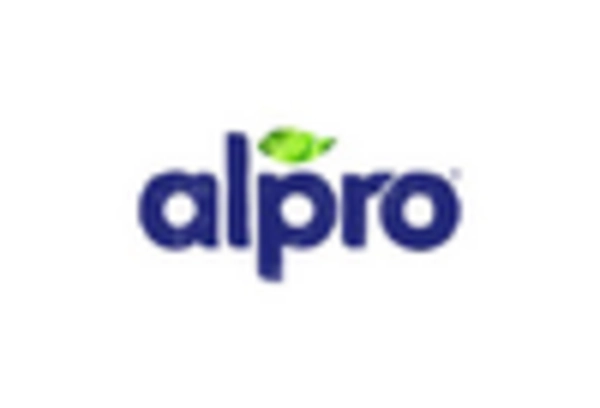
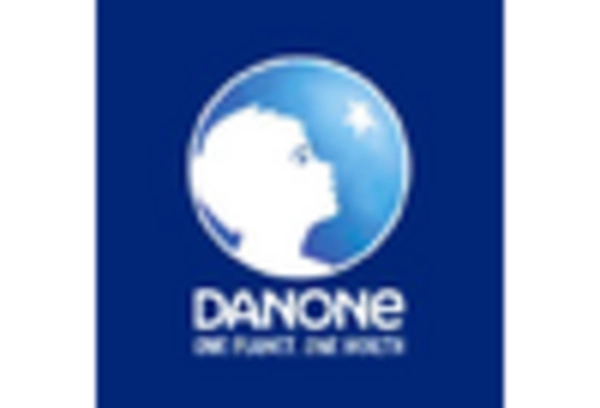

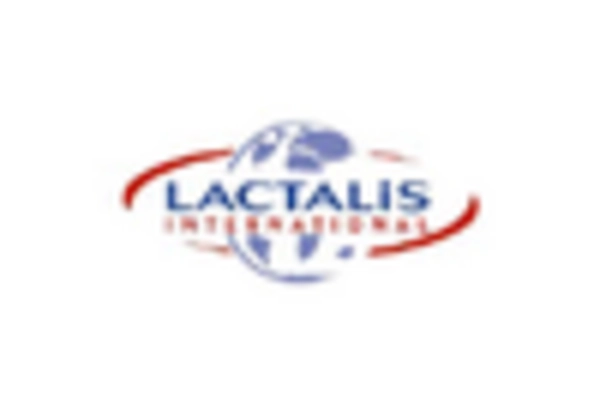
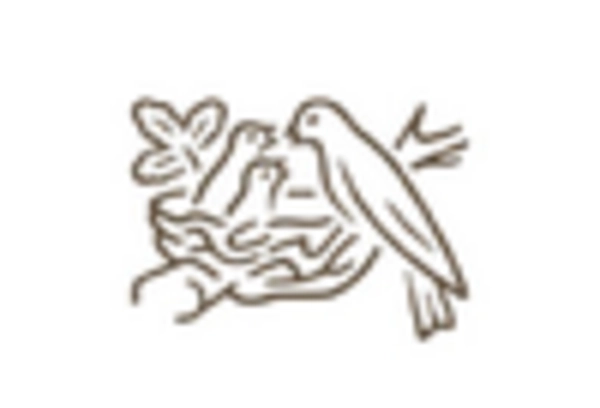
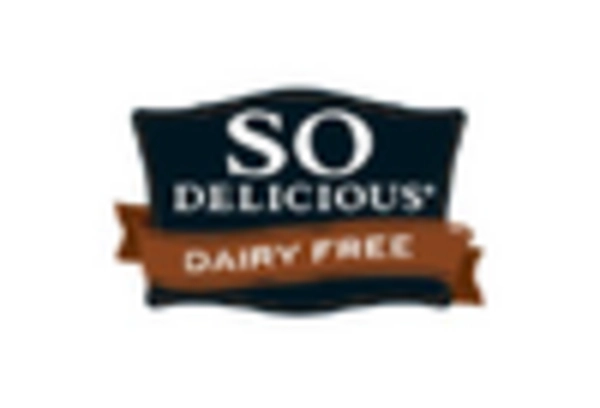








Leave a Comment